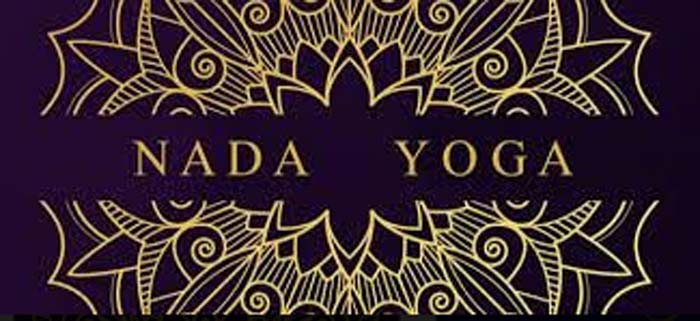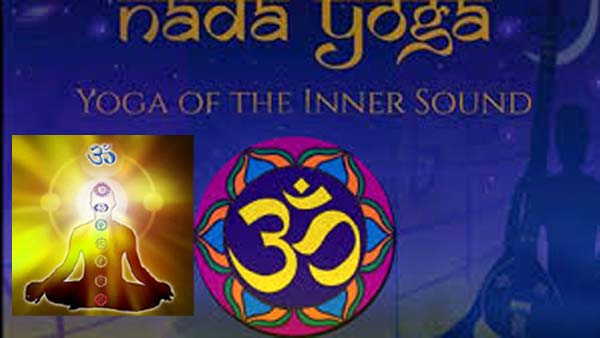- Sreeragam–6
“From human DNA to bacteria and worms, from the Earth to solar systems and distant galaxies and from the newborn stars to the black holes, everything has its own sound and music.” – The Nāda Yoga School in Rishikesh
Music is the universal language beyond words, a language of the heart that connects us to the divine.
Nature reverberates with sounds and vibrations of subtle and prominent frequencies. Every being in the creation pulsates at a rhythm and synchronizes with the universal harmony. Sound has a profound influence on our body, mind and spirit. All of us have the intrinsic ability to access the inherent power of sound through our voice.
Indian classical music is an extension of Nada Yoga. It is an interesting and intriguing aspect as it is a practical ancient wisdom that corroborates the influence of sound on human body. It is a widely accepted scientific system that propounds the conscious use of sounds for our inner transformation. When we understand the stimulus of sounds on body, it would be easier for us to infer the influence of classical music ragas on human body.
Modern science asserts that everything in the universe has a vibration and these vibrations affect matter. In Nada Yoga, the sound vibrations are harnessed for the holistic wellbeing of mankind.
Also Read : Ragas for Relief
Yoga Pradipika, a sixteenth century authoritative Sanskrit text written by Svatmarama, expounds the importance of Nada Yoga as “one of the most powerful meditation techniques to calm the mind”. Mantras, chants, and musical sounds create tremendous impact and help us to enter a peaceful state by expelling toxic emotions like anger and hatred. Nada Bindu Upanishad explains the significance of sound in the path of yoga. Nada yoga is all about transcending our awareness from the grossest level of audible sound to the subtlest unheard sound, and merge with universal consciousness.

Nada Yoga is categorized into four types
Vaikhari: Sound that is audible to human ear, the grossest of all the forms
Madhyama: Mental sound, subtler than Vaikhari
Pashyanti : A subconscious sound , or Visual sound, like a dream
Para: The eternal sound, the subtlest form also known as Anahata nada. The primordial sound ‘Om’ is considered as Para
Also Read : Raga and Rasa
Indian classical music brings Nada Yoga to the audience through the artist with his soulful rendition. The musician in the performance energises the body, soul and mind of listeners by rendition of various ragas known for their effect on the energy chakras. It is more apparent when semi-classical music like Bhajans, Sankirtansand Nama Sankirtanas encourage audience also to participate in the concert along with the artist and together elevate the energy level of the whole area into a transcendental state.
Nada Yoga and the chakras
The confluence of energy centres in human body are known as chakras. There are seven basic chakras: Mooldhara (root chakra – base of spine), Swadhishtna (Sacral chakra – navel) – Manipura (solar plexus chakra – abdomen), Anahata (Heart chakra – Heart), Visuddhi (throat chakra – throat), Agna (third eye chakra – forehead), Sahasrara (crown chakra – top of the head).
Each chakra is associated with a particular sound and the regular practice of chakra meditation with the prescribed sacred sounds clears energy blockages and helps in free flow of energies.
Also Read : How ragas were classified
In Indian Classical music, specific ragas are identified for activating chakras.
1. Mooladhara –Hindolam/ShyamKayan/Hamsadhwani
Ex: Vatapi Ganapathim Bhaje in Hamsadhwani raga is a popular invocation song or kriti in Carnatic classical music
2. Swadhishtna – Shubha Pantuvarali /GurjariTodi/Yaman
Ex ;Ennalu Urike in Shubha Pantuvarali by Saint Tyagaraja
3. Manipura – Malkaus/Abhogi/Hindolam/Bhimpalas
Ex; SamajaVaragamana in Hindola raga by Saint Tyagaraja
4. Anahata – Bhairavi/Mayamalavagoula/Durga
Ex ; Basic lessons in Carnatic classical music are in Mayamalavagoula raga, Mayateeta Swaroopini in Mayamalavagoula by Ponnaiah Pillai
5. Visudhi – Dwijavanti/Desh
Ex ; Vandematram, our national song is in Desh rag
6. Agna – Bhoop/Mohanam/Bhagesri
Ex; Nanupalimpa – kriti by Saint Tyagaraja in MohanaRagam
7. Sahasrara – Darbari/Bhairavi/SinduBhairavi
Ex; VenkatachalaNilayam – Sankeertana by PurnadaraDasa
These ragas influence the energy centres and enable to maintain health and harmony in the nadis or channels of energy.
Also Read : Raga: the soul of Indian Classical music
Benefit of Nada yoga
Nada yoga relies on the principle that everything in the universe vibrates. If the music of the body has gone out of balance, disharmonies lead to diseases. We can retain the equilibrium with the help of voice and sacred sounds of Indian Classical Music.
We are aware of the fact that our brain waves are influenced by sound, chants, music and meditation. Sound vibrations and resonances in Nada yoga music create a healing effect and can regulate our immune system. When sound, rhythm and breath are synchronized it will have anincredible positive impression on the mind.
Modern studies indicate that several diseases are psychosomatic. Unresolved negative emotions create blockages in the flow of energies in the body. In Nada yoga, when the body and the mind work in unison a perfect harmony prevails that leads to the wellbeing of the body and mind.Through the listening to the classical music regularly one can achieve emotional balance easily. The potency of music relaxes and alleviates pain and discomfort in the body.
Devotional singing like Bhajans, Kirtans and Nama Sankirtansand Breathing practices like Brahmariaid inreleasing stress, regulate our breathing and experience a spiritual blissfulness. Devotion and music are two divine aspects which complement each other and propel us to reach higher consciousness.
Also Read : Understanding Music
Nada Yoga is not about rofessional singing, but it is a process to reconnect ourselves with the pure sound, that emits from our inner core.
“At the root of all power and motion, there is music and rhythm, the play of patterned frequencies against the matrix of time. We know that every particle in the physical universe takes its characteristics from the pitch and pattern and overtones of its particular frequencies, its singing. Before we make music, music makes us” – Joachim-Ernst Berendt, author of The World is Sound



